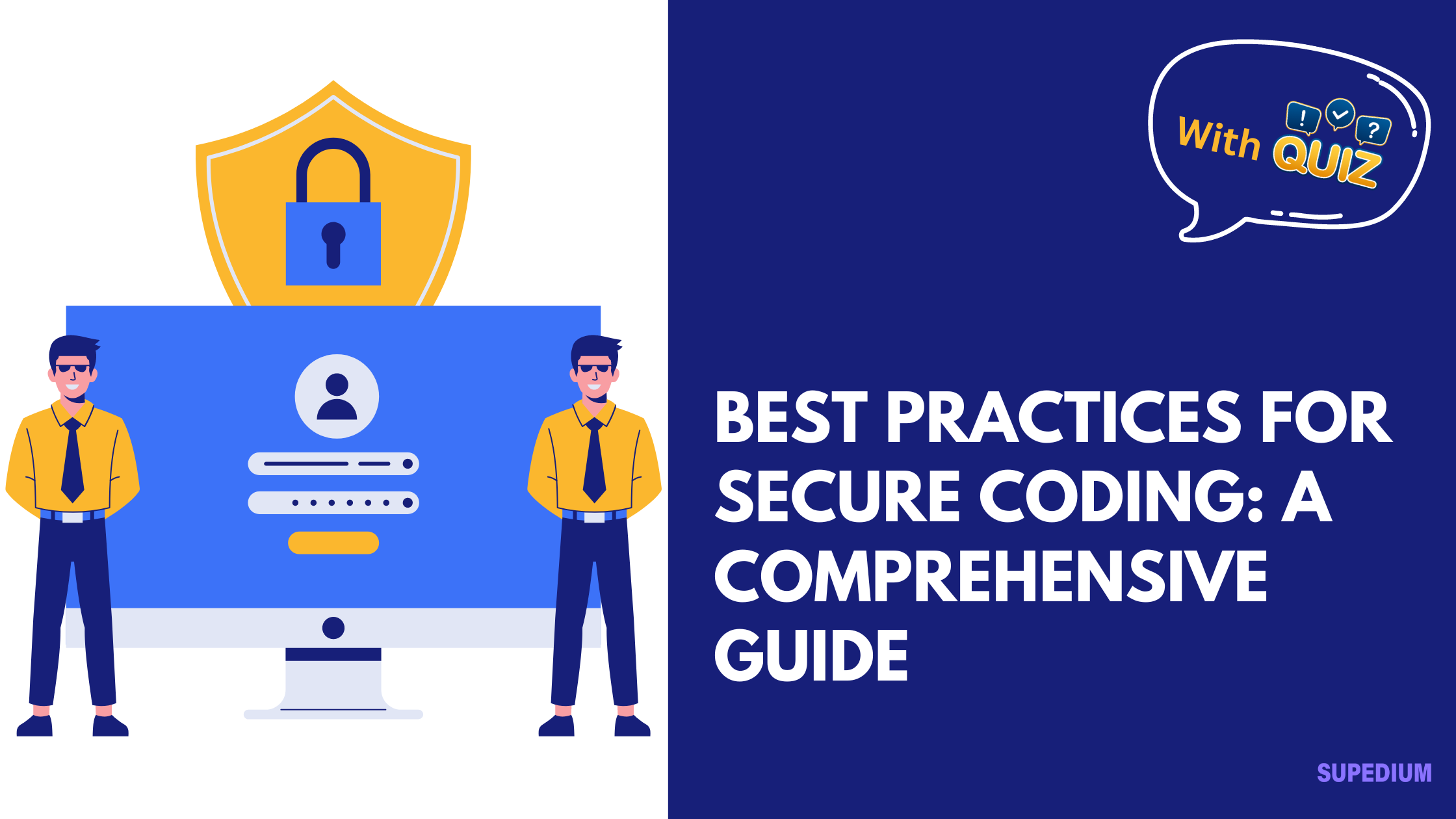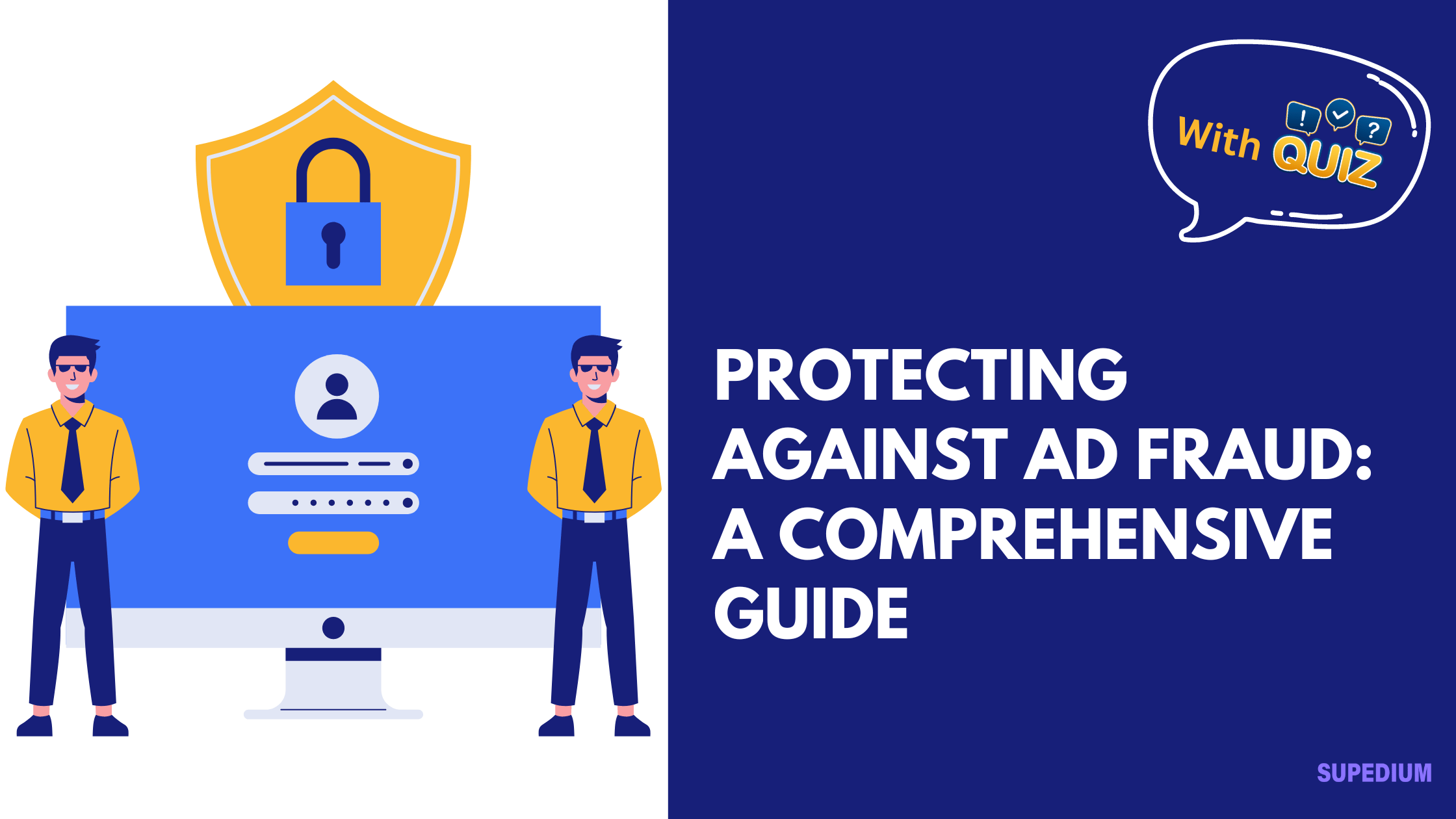Table of Contents
![]()
In the modern digital landscape, security breaches and cyberattacks are increasingly common, making secure coding practices more crucial than ever. Secure coding involves writing software in a way that protects it from vulnerabilities and threats, ensuring the integrity and confidentiality of the software and the data it processes. This article provides a comprehensive guide to best practices for secure coding, helping developers build robust, resilient applications.
Introduction
Secure Coding Defined
Secure coding is the practice of writing code in a manner that safeguards the application against vulnerabilities and attacks. It aims to prevent security issues that could lead to data breaches, unauthorized access, and other malicious activities. Implementing secure coding practices is essential for protecting user data and maintaining trust in software applications.
Overview of Risks and Threats
The digital landscape is fraught with security risks, including SQL injection, cross-site scripting (XSS), and buffer overflows. These vulnerabilities can have severe consequences, such as unauthorized data access, system compromise, and reputational damage. Understanding these risks highlights the importance of incorporating security practices throughout the development lifecycle.
Principles of Secure Coding
Principle of Least Privilege
The principle of least privilege dictates that users and systems should have the minimum level of access necessary to perform their functions. By limiting permissions, you reduce the risk of misuse or exploitation. Implementing this principle involves configuring user roles carefully and ensuring that code operates with the least amount of privilege needed to accomplish its tasks.
Fail-Safe Defaults
Fail-safe defaults refer to the concept of designing systems that default to secure settings. If a component fails or if a user is not authenticated, the system should deny access rather than granting it. This principle ensures that the system is secure even in failure scenarios, minimizing potential vulnerabilities.
Defense in Depth
Defense in depth involves using multiple layers of security to protect against threats. If one layer fails, other layers provide additional protection. Techniques to implement defense in depth include combining network security measures, application security practices, and secure coding principles to create a robust security posture.
Economy of Mechanism
The economy of mechanism principle advocates for simplicity in design and implementation. Simple and straightforward code is less prone to errors and vulnerabilities compared to complex, convoluted code. By minimizing complexity, developers reduce the risk of introducing security flaws and make the code easier to understand and maintain.
Secure Coding Practices
Input Validation
Input validation is a critical practice for preventing attacks such as SQL injection and XSS. Validating user inputs ensures that only expected and safe data is processed by the application. Techniques include using whitelists (allowing only predefined values) and sanitizing inputs to remove or escape potentially harmful characters. For example, validating an email field to ensure it conforms to the correct format can prevent many types of attacks.
Output Encoding
Output encoding transforms data into a safe format before rendering it to users or other systems. This practice helps prevent injection attacks by ensuring that any user-generated content is displayed safely. Common techniques include HTML encoding to protect against XSS attacks and URL encoding for safe data transmission.
Error Handling
Effective error handling prevents information leakage and potential exploitation. Avoid displaying detailed error messages to end-users, as these can reveal sensitive information about the system. Instead, use generic error messages and log detailed errors for internal review. Implementing proper logging and monitoring allows for early detection of anomalies and potential security issues.
Authentication and Authorization
Secure handling of user credentials is fundamental to application security. Implement strong password policies, enforce multi-factor authentication, and securely store passwords using hashing and salting techniques. Proper authorization ensures that users have access only to resources they are permitted to use, based on their roles and permissions.
Secure Data Storage
Encrypting sensitive data at rest protects it from unauthorized access. Use robust encryption algorithms and manage encryption keys securely to ensure data remains confidential. Avoid hardcoding sensitive information within the codebase and leverage secure storage solutions for managing credentials and other confidential data.
Secure Communication
Ensure secure communication by using HTTPS and SSL/TLS for encrypting data transmitted over the network. Secure APIs and other communication channels by validating certificates and employing proper authentication mechanisms. This prevents data interception and tampering during transmission.
Session Management
Effective session management involves securely handling session IDs and cookies to prevent session fixation and hijacking. Implement techniques such as regenerating session IDs after authentication and using secure, HttpOnly, and SameSite attributes for cookies to enhance security.
Code Review and Static Analysis
Regular code reviews and static analysis are essential for identifying and mitigating security vulnerabilities. Code reviews involve examining code for potential security issues and ensuring adherence to secure coding practices. Static analysis tools can automatically detect common vulnerabilities and provide insights into potential risks.
Secure Dependencies and Libraries
Managing third-party libraries and dependencies is crucial for maintaining application security. Regularly update libraries to patch known vulnerabilities, and use trusted sources to obtain these components. Implementing dependency management tools and practices helps ensure that your application remains secure and up-to-date.
Secure Development Lifecycle (SDL)
Integration of Security in SDLC
Incorporating security practices throughout the Software Development Lifecycle (SDLC) ensures that security is considered from the outset. This involves integrating security requirements during the planning phase, conducting security assessments throughout development, and addressing security concerns during testing and deployment.
Threat Modeling
Threat modeling is the process of identifying potential threats and vulnerabilities early in the design phase. By understanding possible attack vectors and their implications, developers can design systems with appropriate safeguards. Effective threat modeling involves analyzing system architecture, identifying assets and potential threats, and determining mitigation strategies.
Security Testing
Security testing, including penetration testing and vulnerability assessments, evaluates the effectiveness of security measures and identifies potential weaknesses. Automated tools and manual testing approaches can uncover vulnerabilities and validate the security posture of the application. Regular security testing helps ensure that the application remains resilient against emerging threats.
Training and Awareness
Importance of Developer Training
Ongoing developer training is crucial for keeping teams informed about the latest security practices and emerging threats. Training programs should cover secure coding principles, threat awareness, and hands-on exercises to enhance practical skills. Keeping developers updated ensures they can effectively implement security measures in their code.
Building a Security Culture
Fostering a security-first mindset within development teams promotes a culture of security awareness. Encourage regular security workshops, seminars, and knowledge sharing to keep security at the forefront of development practices. A strong security culture helps ensure that security considerations are integrated into every aspect of the development process.
Emerging Trends and Technologies
Security Implications of Emerging Technologies
Emerging technologies such as AI and blockchain present new security challenges and opportunities. AI can enhance security through automated threat detection but may also introduce new vulnerabilities. Blockchain technology offers promising solutions for secure transactions but requires careful consideration of its implementation and associated risks.
Future Directions in Secure Coding
The field of secure coding continues to evolve with advancements in technology and new threat vectors. Innovations in secure coding practices, such as automated code analysis and machine learning-based security solutions, are shaping the future of application security. Staying informed about these trends helps developers adapt to new challenges and maintain robust security practices.
Conclusion
Summary of Best Practices
Implementing secure coding practices is essential for safeguarding applications and protecting user data. By adhering to principles such as least privilege, fail-safe defaults, and defense in depth, and applying practices like input validation, output encoding, and secure authentication, developers can build resilient and secure software.






Be the first to comment